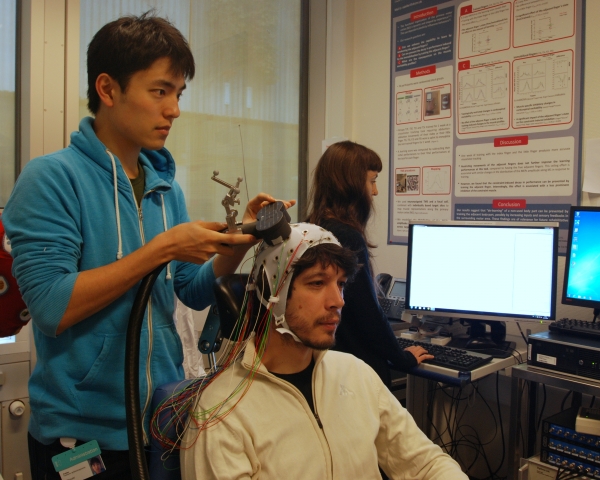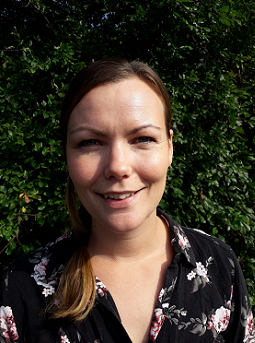EEG enables us to map the brain activity with a very high time resolution, up to milliseconds.
There is a growing interest in EEG because it can easily be combined with other techniques for multimodal investigations, such as transcranial magnetic and electric stimulation and functional magnetic resonance imaging.
Since EEG provides real-time information, with millisecond resolution, about the state of the brain, this information can be used for brain-computer interface systems or to guide the stimulus timing in non-invasive brain stimulation procedures.
The EEG group is dedicated to advance the use of EEG at DRCMR by providing the most updated procedures proposed by the scientific community and by developing new in-house methods.
Research activities
EEG group develops new methodologies for data analysis in two principal directions:
1) Data cleaning for multimodal acquisitions: there are still no methods that can reliably retrieve data covered by artefacts provoked by the magnetic or electric stimulation in combination with the EEG recordings.
2) Real-time brain state extraction: the transcranial non-invasive stimulation protocols applied linked to a definite brain state should increase in their efficacy. This is crucial for future use of the stimulation techniques for clinical purposes.






